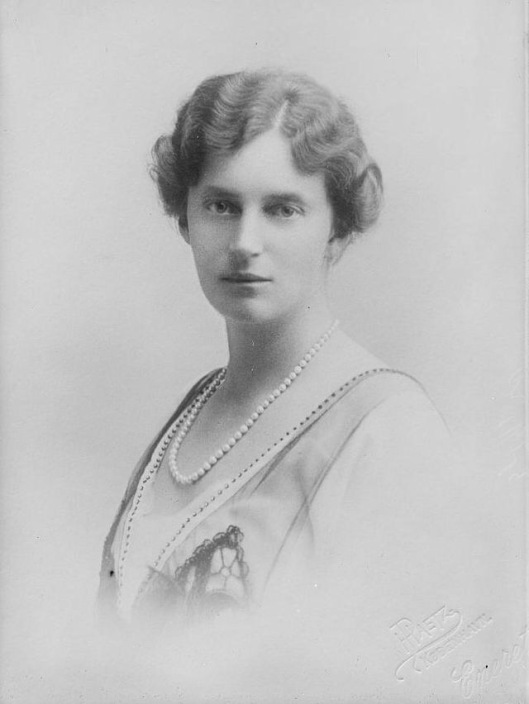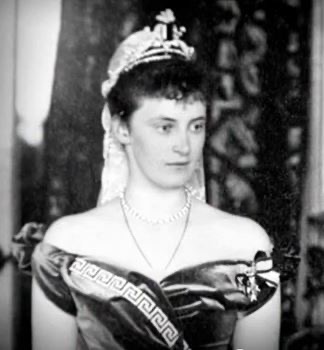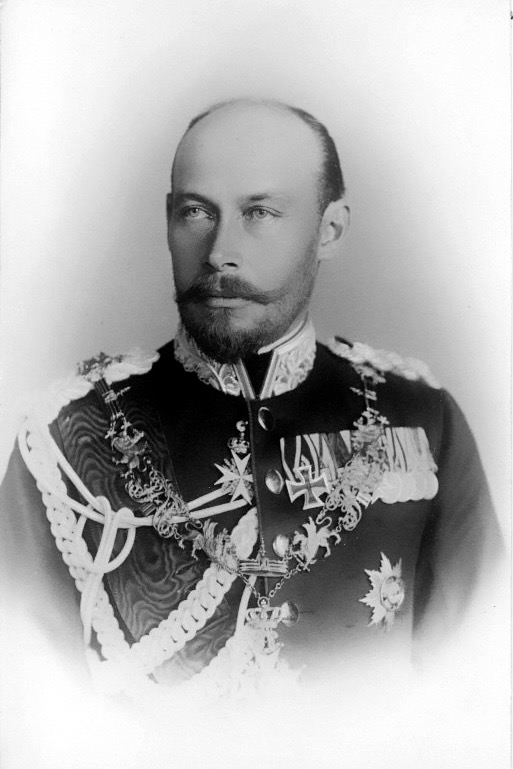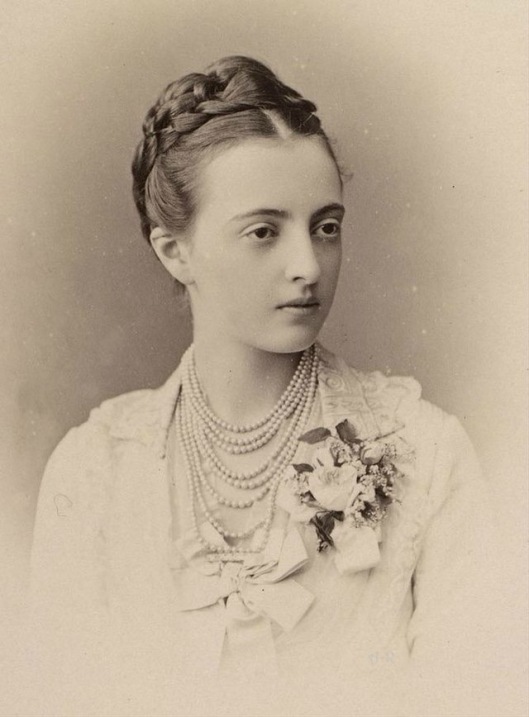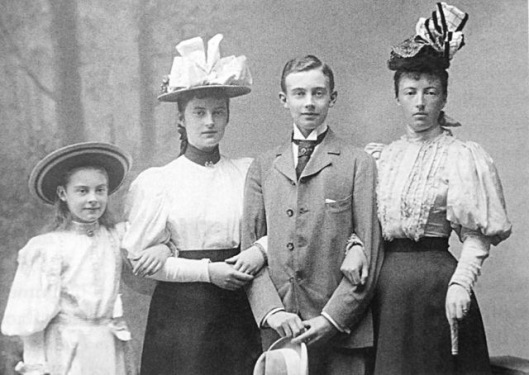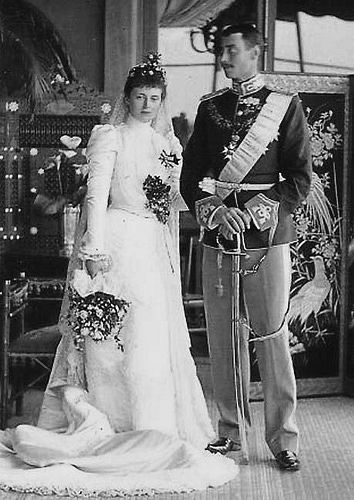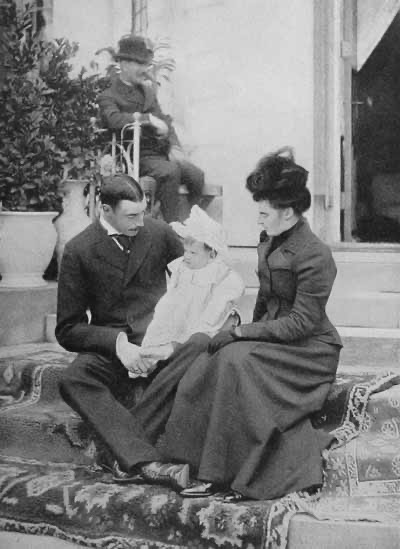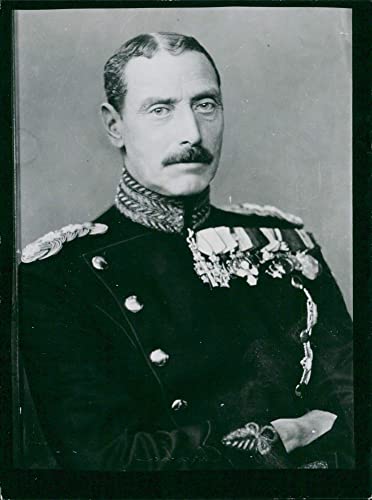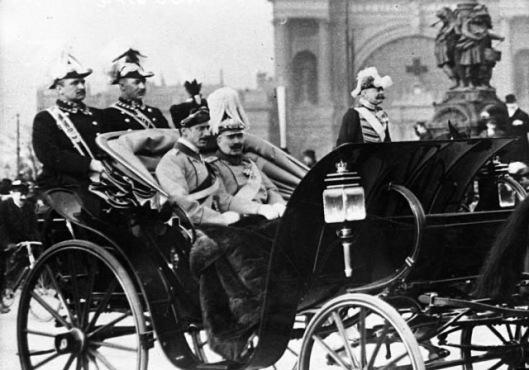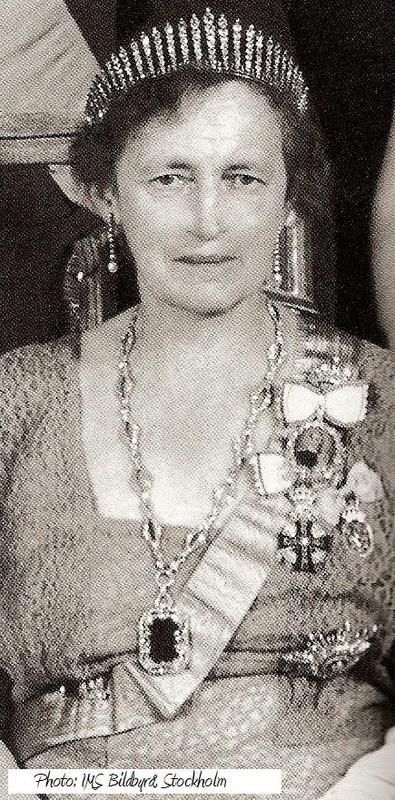Tags
Alexander III of Russia, Alix of Hesse and by Rhine, Dagmar of Demark, Empress Maria Feodorovna of Russia, Grand Duchess, Grand Duke Vladimir of Russia, Grand Marie Pavlovna, Otto von Bismarck, Tsarevich Nicholas Alexandrovich of Russia
Empress Maria Feodorovna was active in philanthropic work. Her husband called her “the Guardian Angel of Russia.” As Empress, she assumed patronage of the Marie Institutions that her mother-in-law had run: It encompassed 450 charitable establishments. In 1882, she founded many establishments called Marie schools to give young girls an elementary education. She was the patroness of the Russian Red Cross. During a cholera epidemic in the late 1870s, she visited the sick in hospitals.

Maria was the head of the social scene. She loved to dance at the balls of high society, and she became a popular socialite and hostess of the Imperial balls at Gatchina. Her daughter Olga commented, “Court life had to run in splendor, and there my mother played her part without a single false step”.
A contemporary remarked on her success: “of the long gallery of Tsarinas who have sat in state in the Kremlin or paced in the Winter Palace, Marie Feodorovna was perhaps the most brilliant”. Alexander used to enjoy joining in with the musicians, although he would end up sending them off one by one. When that happened, Maria knew the party was over.
Alexander III had an extremely poor relationship with his brother Grand Duke Vladimir. At a restaurant, Grand Duke Vladimir had a brawl with the French actor Lucien Guitry when the latter kissed his wife, Duchess Marie of Mecklenburg-Schwerin. The prefect of St. Petersburg needed to escort Vladimir out of the restaurant. Alexander was so furious that he temporarily exiled Vladimir and his wife and threatened to exile them permanently to Siberia if they did not leave immediately.
As Tsarevna, and then as Empress, Maria Feodorovna had something of a social rivalry with the popular Grand Duchess Marie Pavlovna (the eldest daughter of Grand Duke Friedrich Franz II of Mecklenburg-Schwerin by his first wife, Princess Augusta Reuss of Köstritz), wife of her Russian brother-in-law, Grand Duke Vladimir. This rivalry had echoed the one shared by their husbands, and served to exacerbate the rift within the family. While she knew better than to publicly criticise both the Grand Duke and Duchess in public, Maria Feodorovna referred to Marie Pavlovna with the caustic epithet of “Empress Vladimir.”

Nearly each summer, Maria, Alexander and their children would make an annual trip to Denmark, where her parents, King Christian IX and Queen Louise, hosted family reunions. Maria’s brother, King George I, and his wife, Queen Olga, would come up from Athens with their children, and the Princess of Wales, often without her husband, would come with some of her children from the United Kingdom.
In contrast to the tight security observed in Russia, the Emperor and Empress, and their children relished the relative freedom that they could enjoy at Bernstorff and Fredensborg. The annual family meetings of monarchs in Denmark was regarded as suspicious in Europe, where many assumed they secretly discussed state affairs.
Otto von Bismarck nicknamed Fredensborg “Europe’s Whispering Gallery” and accused Queen Louise Denmark of plotting against him with her children. Maria also had a good relationship with the majority of her in-laws, and was often asked to act as a mediator between them and the Emperor. In the words of her daughter Olga: “She proved herself extremely tactful with her in-laws, which was no easy task”.
During Alexander III’s reign, the monarchy’s opponents quickly disappeared underground. A group of students had been planning to assassinate Alexander III on the sixth anniversary of his father’s death at the Peter and Paul Cathedral in St. Petersburg. The plotters had stuffed hollowed-out books with dynamite, which they intended to throw at the Emperor when he arrived at the cathedral. However, the Russian secret police uncovered the plot before it could be carried out. Five students were hanged in 1887; amongst them was Aleksandr Ulyanov, older brother of Vladimir Lenin.

The biggest threat to the lives of the Emperor and his family, however, came not from terrorists, but from a derailment of the imperial train in the fall of 1888. Maria and her family had been at lunch in the dining car when the train jumped the tracks and slid down an embankment, causing the roof of the dining car to nearly cave in on them.
When Maria’s eldest sister Alexandra visited Gatchina in July 1894, she was surprised to see how weak her brother-in-law Alexander III had become. At the time Maria had long known that he was ill and did not have long left. She now turned her attention to her eldest son, the future Nicholas II, for it was on him that both her personal future and the future of the dynasty now depended.
Nicholas had long had his heart set on marrying Princess Alix of Hesse and by Rhine, a favourite grandchild of Queen Victoria. Despite the fact that she was their godchild, neither Alexander III nor Maria approved of the match. Nicholas summed up the situation as follows: “I wish to move in one direction, and it is clear that Mama wishes me to move in another – my dream is to one day marry Alix.”
Maria and Alexander found Alix shy and somewhat peculiar. They were also concerned that the young Princess was not possessed of the right character to be Empress of Russia. Nicholas’s parents had known Alix as a child and formed the impression that she was hysterical and unbalanced, which may have been due to the loss of her mother, Princess Alice of the United Kingdom, and youngest sister, Marie, to diphtheria when she was just six. It was only when Alexander III’s health was beginning to fail that they reluctantly gave permission for Nicholas to propose.

